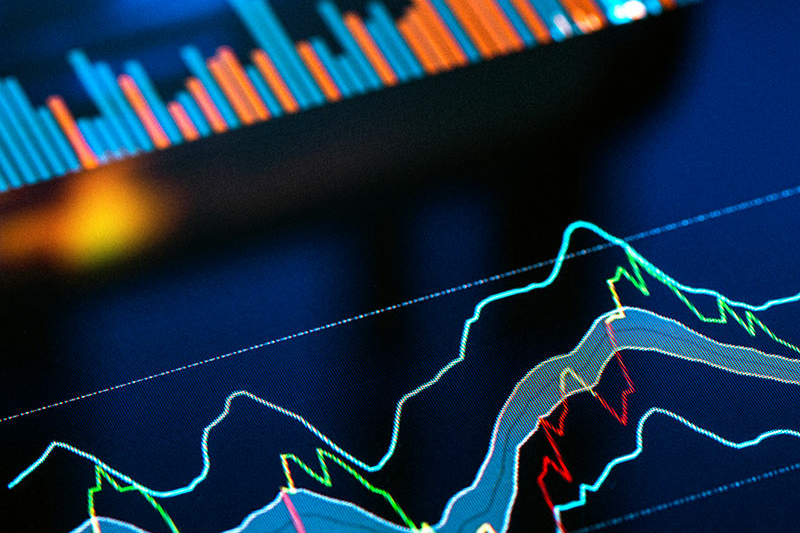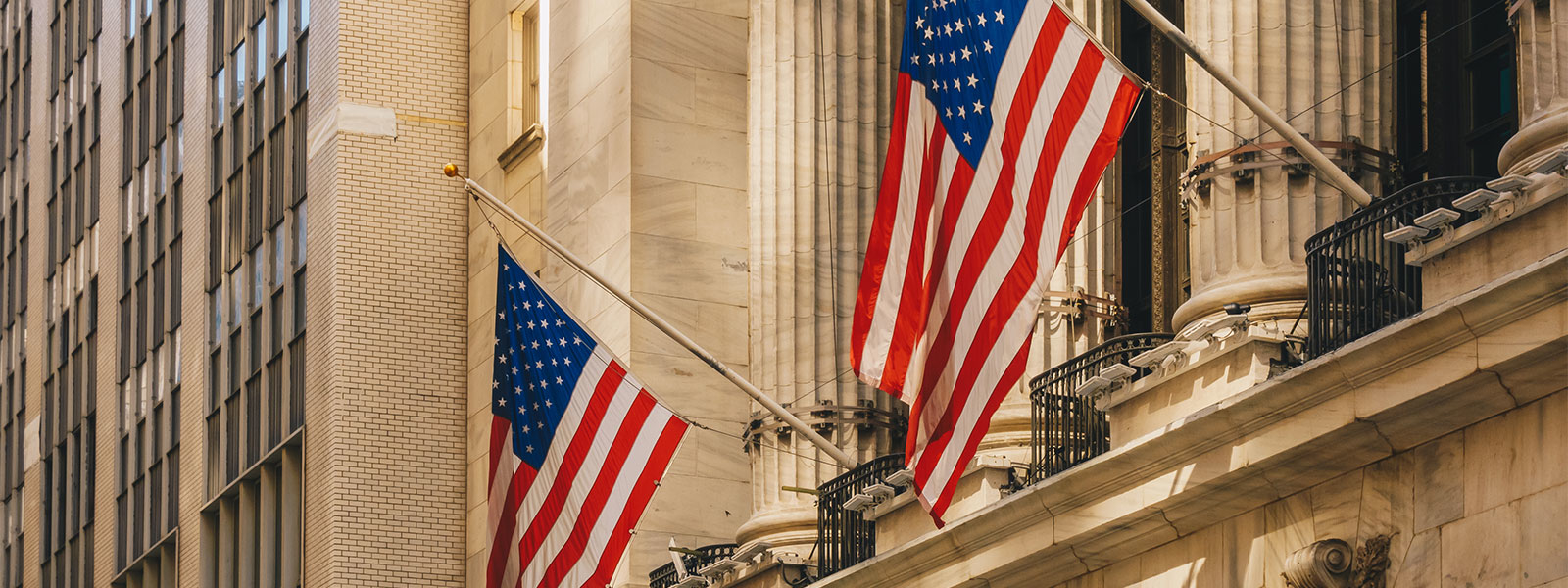US M&A settles back down
Deal value in the first half of 2022 could not match the record-breaking level of activity in 2021

US M&A deal levels remain robust, despite dropping from historic highs set in 2021
US M&A activity eased off in the first half of 2022 following an annus mirabilis for US M&A in 2021. Total value slipped to US$995.3 billion, a 29 percent year-on-year fall, though this is consistent with dollar volumes seen before the pandemic and so remains healthy by historic standards. Deal volume also fell, by 21 percent to 3,818 transactions. While this also remains above average, there was a material softening in the frequency of deals moving through Q2, which saw a quarter-on-quarter drop of 22 percent to levels last seen in Q1 2020, when the market was just beginning to recover from the initial shock of the pandemic.
A lot has happened this year to test acquirers’ nerves. Inflation concerns had already begun to set in before the war in Ukraine started. The conflict catalyzed further unease in capital markets as well as exacerbated supply chain troubles which have, in part, contributed to inflationary pressures. The S&P 500 officially entered a bear market in mid-June, and the Federal Reserve has embarked on a monetary tightening program to bring prices under control, leading to an increase in financing costs.
Regulations are another consideration. The SEC has taken the SPAC market to task, proposing accountability for deal parties and intermediaries for inflated projections. This type of transaction ground to a standstill in Q2 this year, as participants digested their risk exposure and the implications of the regulator’s proposals weighing on overall M&A volume. More recently we have seen some truly innovative SPAC structures that have the potential to re-stimulate interest in these deals.
For the most part, the US M&A market has stood up impressively to everything that has been thrown at it, which alone is solid grounds for optimism. Despite technology stocks being sold off heavily in equity markets, the sector has once again outperformed on the M&A front as companies and PE sponsors, who remain heavily armed with dry powder in spite of the more challenging deal financing conditions, continue to be attracted to innovation.
The fall in price-to-earnings ratios in the public markets and EBITDA multiples in private markets mean that, all else being equal, acquisitions are more attractive today than they were a year ago. Naturally, investors remain cautious as they closely watch how inflation plays out, the Fed response and the impact of those actions on underlying economic growth. However, the second half of 2022 has the potential to reclaim some of the confidence lost in recent months.
Deal value in the first half of 2022 could not match the record-breaking level of activity in 2021

Despite facing economic and regulatory hurdles in H1, PE dealmaking remains resilient, and looks set to reach its second-highest value on record

After a series of rollercoaster years for the SPAC market, investors and sponsors are finding ways to improve deal integrity


New appointments in both the FTC and DOJ signal greater enforcement action on the horizon—with buyout firms a particular target
Explore the data
In January, the Federal Trade Commission (FTC) and the Department of Justice (DOJ) announced a joint public inquiry to update the agencies' merger guidelines, which set out the framework by which the agencies assess the potential competitive effect of a merger. In their request for public comment, the agencies indicated particular interest in topics not previously covered by the guidelines, including threats to nascent competitors, the unique characteristics of digital markets, and effects on labor markets.
Both agencies' current leadership question the current consumer welfare standard, which they believe did not go far enough to address competition issues in the US market.
The analysis of the merger guidelines is part of the Biden administration's more aggressive attitude toward antitrust, as exemplified through actions and words of recent leadership appointments. Jonathan Kanter was appointed head of the DOJ's antitrust division last November, and takes a more expansive view on antitrust enforcement than many of his predecessors. Both Kanter and FTC Chair Lina Khan, have been vocal critics of Big Tech, in particular.
One area that has already received attention has been platform, or “roll-up” transactions, which involve buying and consolidating multiple smaller firms in the same industry.
Ahead of the update to the merger guidelines, the FTC and DOJ have also publicly stated on multiple occasions their intent to scrutinize private equity more closely. One area that has already received attention has been platform, or "roll-up" transactions, which involve buying and consolidating multiple smaller firms in the same industry. Also called buy-and-build, this strategy has grown in popularity in recent years.
In June, the FTC announced a consent order against JAB Consumer Partners requiring the PE firm to divest 16 veterinary clinics as part of its acquisition of SAGE Veterinary Partners. JAB had previously bought Compassion-First Pet Hospital and National Veterinary Associates both in 2019 and subsequently acquired a string of more than ten smaller veterinary businesses around the US.
After a long delay, in May the Senate confirmed Alvaro Bedoya as an FTC commissioner, filling a role that had been left unfilled since October 2021. Until the confirmation, the commission had been stuck in a deadlock of two Democratic and two Republican commissioners. Privacy expert Bedoya's appointment will mean that the FTC will be more empowered to pursue the progressive enforcement and policy agenda favored by Chair Khan.
White & Case means the international legal practice comprising White & Case LLP, a New York State registered limited liability partnership, White & Case LLP, a limited liability partnership incorporated under English law and all other affiliated partnerships, companies and entities.
This article is prepared for the general information of interested persons. It is not, and does not attempt to be, comprehensive in nature. Due to the general nature of its content, it should not be regarded as legal advice.
© 2022 White & Case LLP